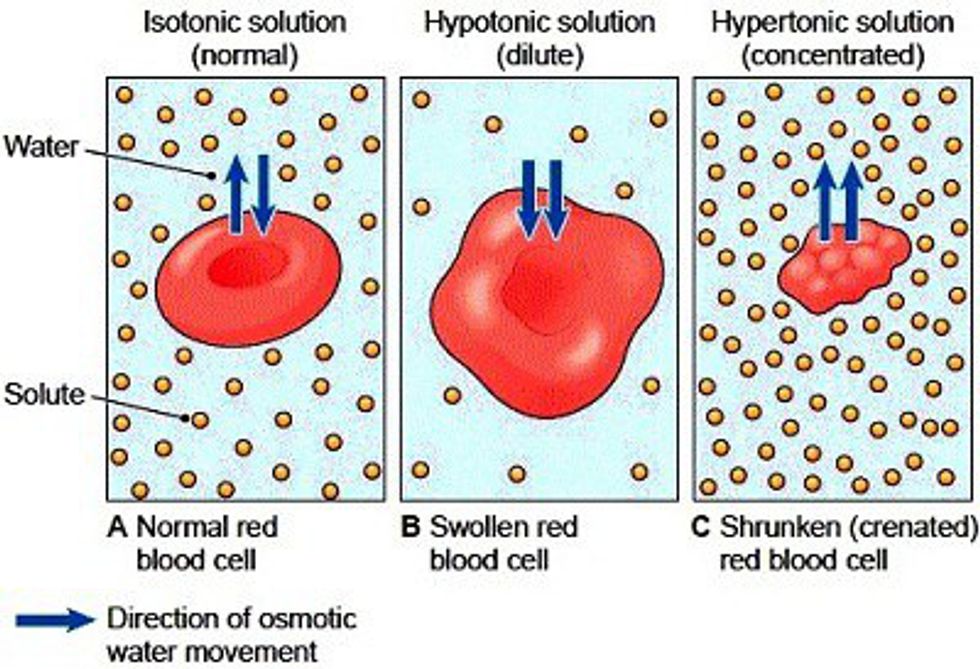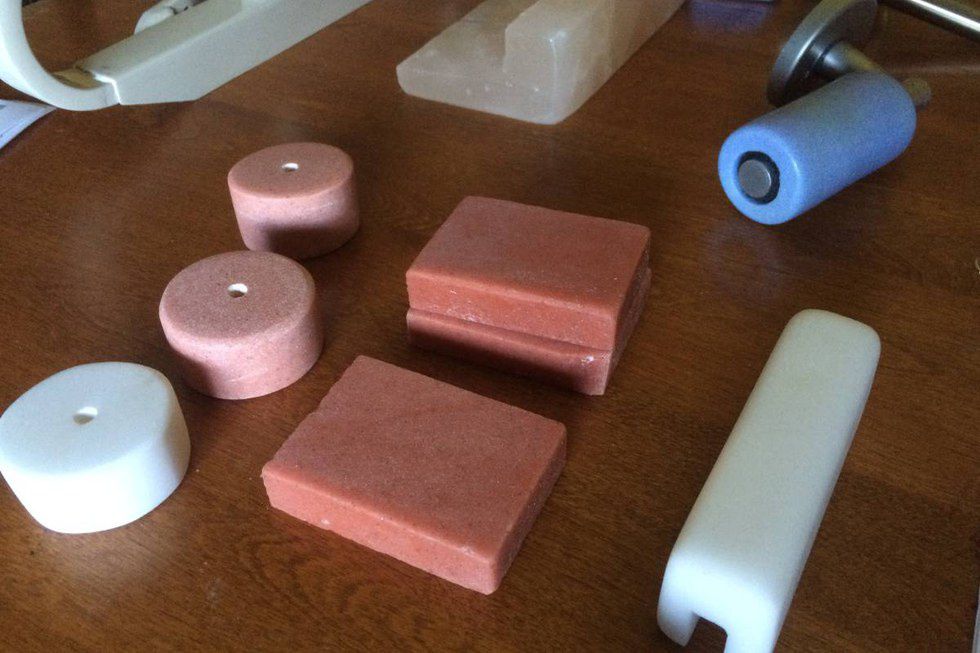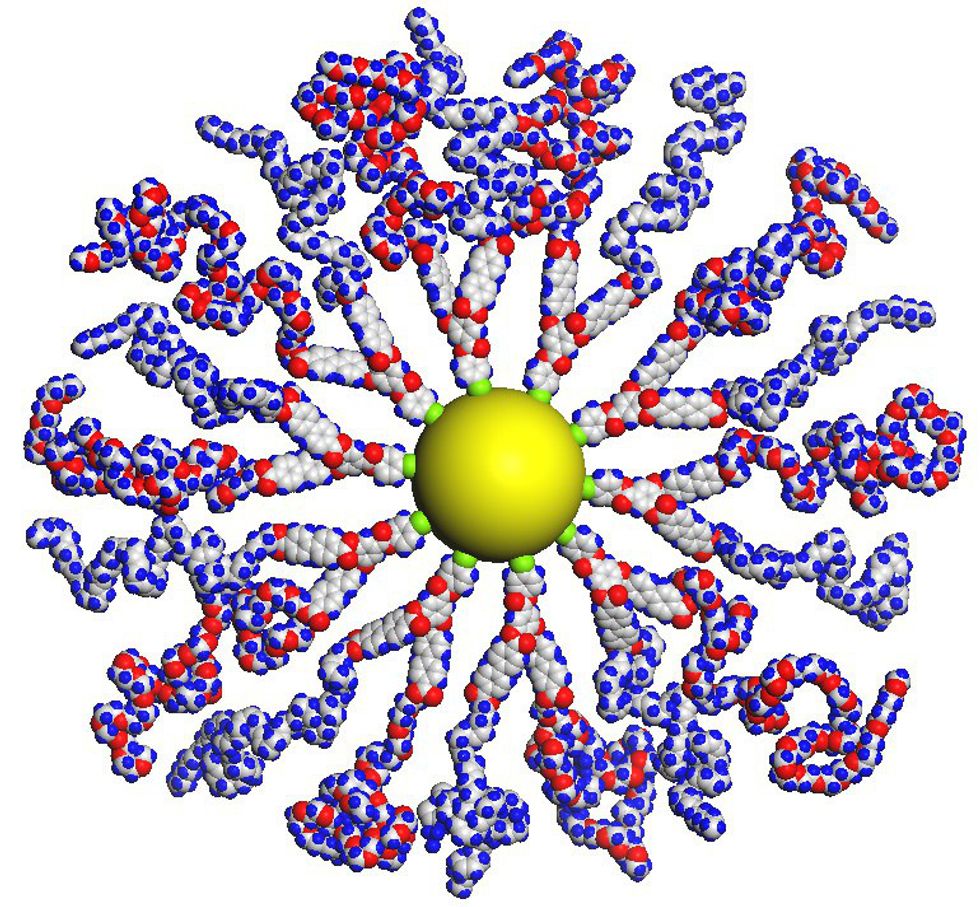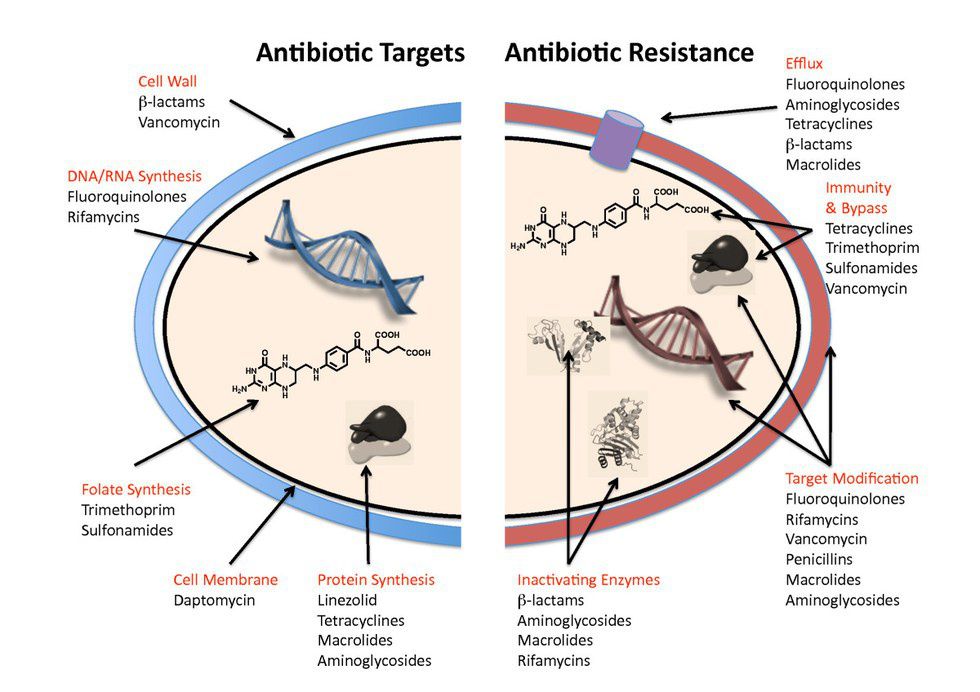Currently, 23,000 Americans die each year from bacterial infections. This is terrifying, that’s a lot of people with access to first world medical resources. Our research and health care systems should be able to adapt to and combat this threat, but studies are showing that we are falling behind. It is estimated that by 2050, 10 million people will die each year due to antibiotic-resistant bacterial infections.
Bacteria are very small organisms that can be found everywhere. While the majority of them do not cause any problems, a handful are responsible for causing diseases such as food poisoning (Salmonella and E.coli), gonorrhea, meningitis, staph infections, and strep throat. However, bacteria are useful too, they help us digest our food (if you’ve ever heard of microbiomes), help us produce yogurt, and can be engineered to produce medicines, such as insulin.
With the discovery of the mcr-1 gene in bacteria, as a human race, we no longer have any antibiotics that are totally effective. The mcr-1 gene allows bacteria to resist the antibiotic colistin, which was our last line of defense against these superbugs. Bacteria have developed ways to resist and even thrive under treatment with every drug designed to kill them. This is a huge problem as you may have surmised, but fortunately, the world is responding. Scientists and research facilities are developing new methods for killing bacteria. Policy makers are changing the way the agriculture and health care industries use antibiotics. This will help us use drugs more responsibly and prevent the bacteria from developing resistances as effectively.
The problem with bacteria and antibiotics is that bacteria are constantly evolving and adapting to fit into new conditions. For some solid evidence of that check out this video. Over a period of 11 days, bacteria were observed evolving to tolerate and grow within an environment containing 1000 times the dose of antibiotics that they can stand under normal conditions.
How antibiotic resistance works
So, what’s going on right now in the world? How are we responding to this global problem? Well, for some of our solutions, we are turning back to basics. For some, we are inventing new technologies, and for others, well, you’ll just have to read and find out…
Back to basics — Salt
It turns out, while bacteria are pretty good at adapting to the drugs we throw at them, there are a few things that they can’t change. Some basic compounds that have amazing antibiotic effects are ones that we consume every day: salt and sugar. Yes, the staples of American junk food could be used to combat superbugs. Now don’t go throwing your chips and candy at bacteria just yet…
While high consumption of both of these will likely result in many adverse health conditions, and even lead to a decreased ability to fight off infections, there are other ways that we can use them to be beneficial.
In fact, sugar and honey have been used to preserve food for humans since way before the invention of the refrigerator for exactly the same reason (think beef jerky or strawberry jam).
So, how does it work? Well, think about what happens when you eat a lot of salty foods; you get thirsty. The salt, or sugar, pulls the water out of the cells in order to balance the osmotic pressure. While you can just a take a drink to combat this problem, bacteria can’t self-regulate as well, and so, they shrivel up and die.

Shown here are the effects of different solute concentrations (salt or sugar in our case) and how they affect a cell. Bacteria when exposed to high salt concentrations shrink as seen in "C"
Honey has also been used as an antibiotic for ages since not only is it high in sugar, but it also has enzymes that can help kill bacteria and is also slightly acidic (which is detrimental to some bacteria).
So, where do these tried and true methods take us into the future?

Well, someone has figured out that if we make door handles out of compressed salt, bacteria that are spread to the handles can only survive for 5 minutes. This could help reduce the spread of diseases, especially in hospital settings and public places. If you don’t believe me, check out their website.
Of course, other materials that commonly end up on door handles are also antimicrobial. Copper, in the form of brass or bronze will kill bacteria in 90-120 minutes, and stainless steel will clean up after six hours (so don’t forget to wash your hands).
New innovations- Using Peptides

A SNAPP- many proteins surrounding a gold atom
Antibiotics from the Natural world — Maggots and Tasmanian Devils
Maggots
Recently, a team of researchers discovered that maggots secrete and antibiotic compound. It turns out, that while maggots have been used throughout the history of medicine to help remove rotting flesh from wounds, they have also been keeping them clean from bacteria. Watch this video to learn more.
Tasmanian Devil Milk
Wait, what? Yes, it turns out that other animals produce substances that are good at killing bacteria. The milk of Tasmanian Devils contains a protein group called cathelicidins, which work to kill bacteria and other pathogens. Researchers warn that milking must be done very carefully. Learn more here.
As you can see, there are many exciting new innovations that will hopefully help the human race survive the constant onslaught that are bacterial infections. Keeping up is no small task, bacteria can adapt within a matter of days, but research and drug testing take an average of 12 years to end up getting handed over the counter to you. That’s a huge difference in response and will need to be addressed within the coming years. As it stands, bacteria’s advantage is that they don’t think or make mistakes, ours is that we do both.












































